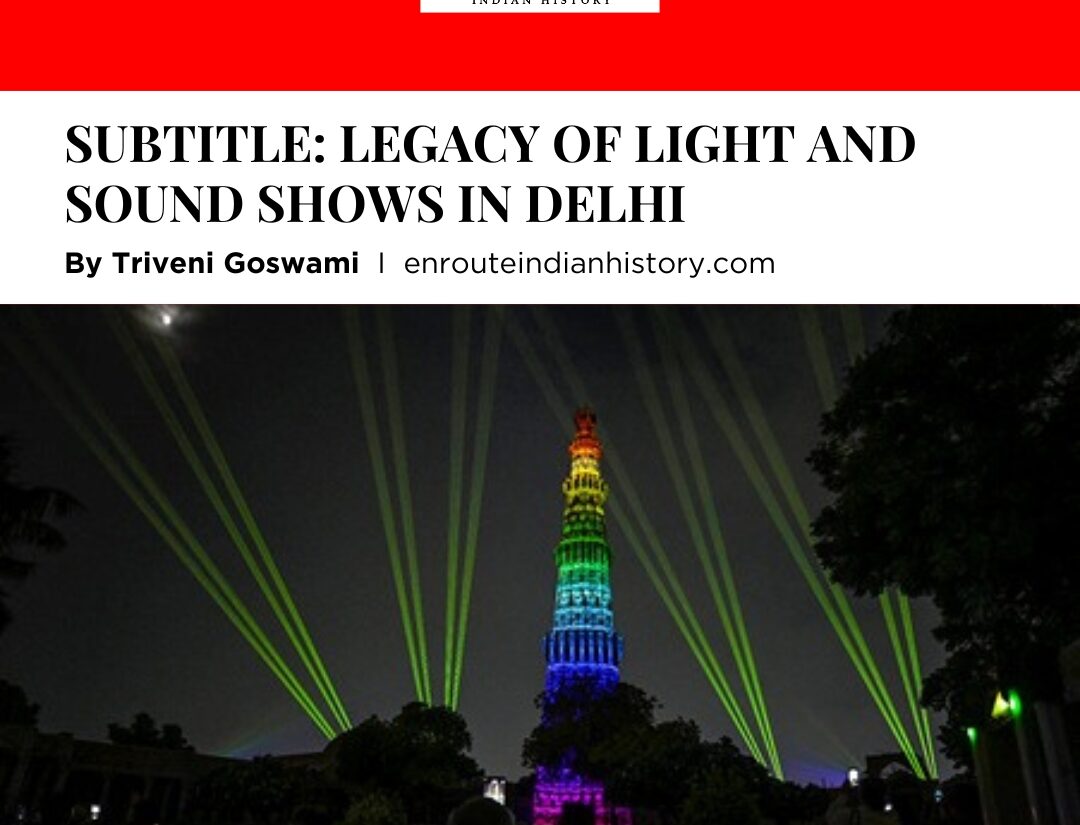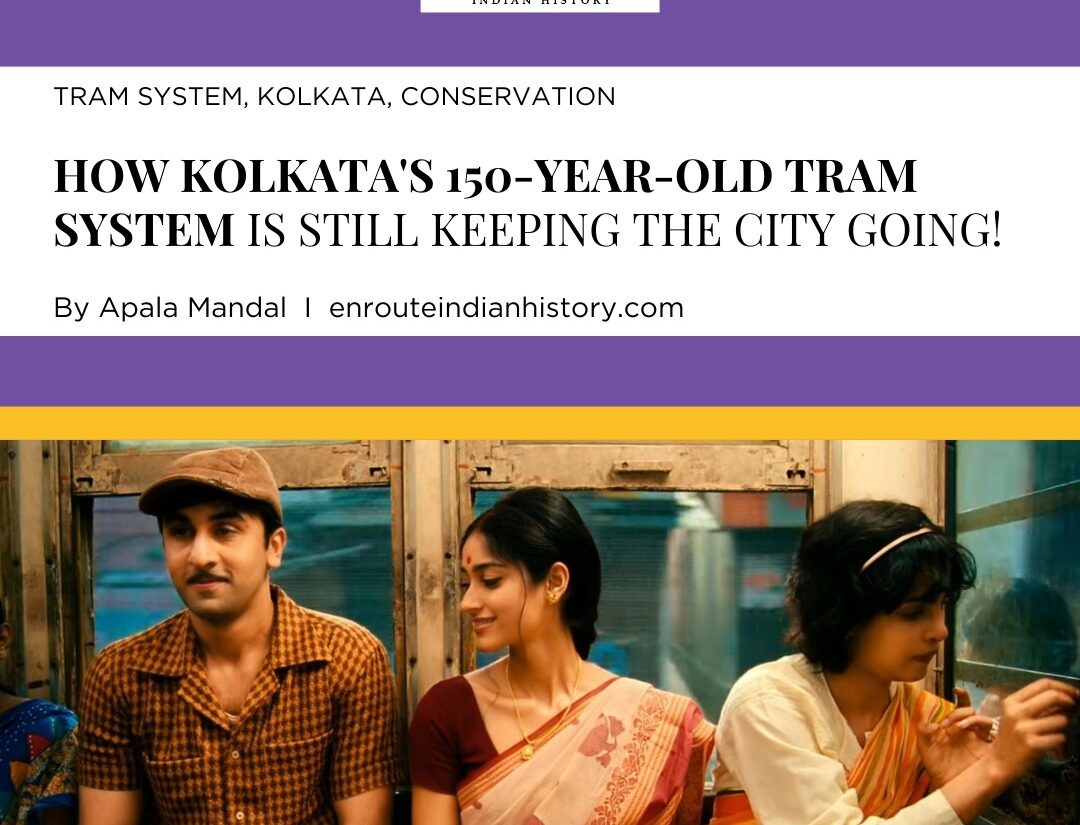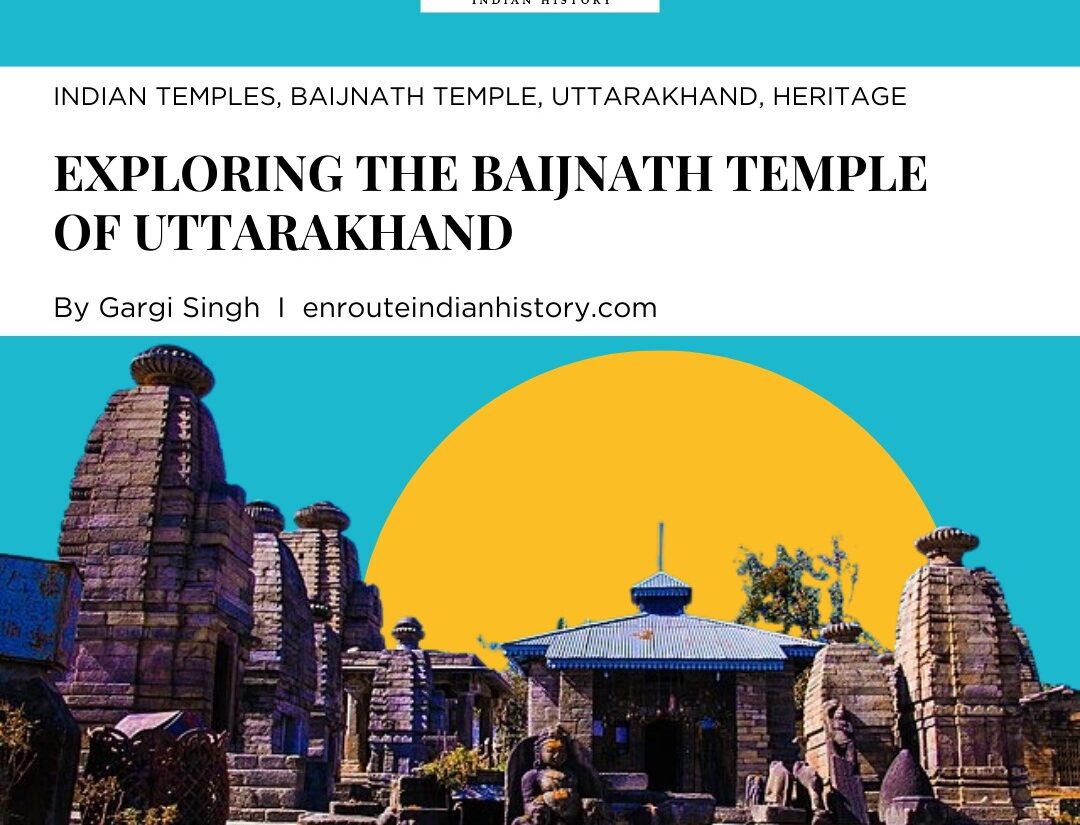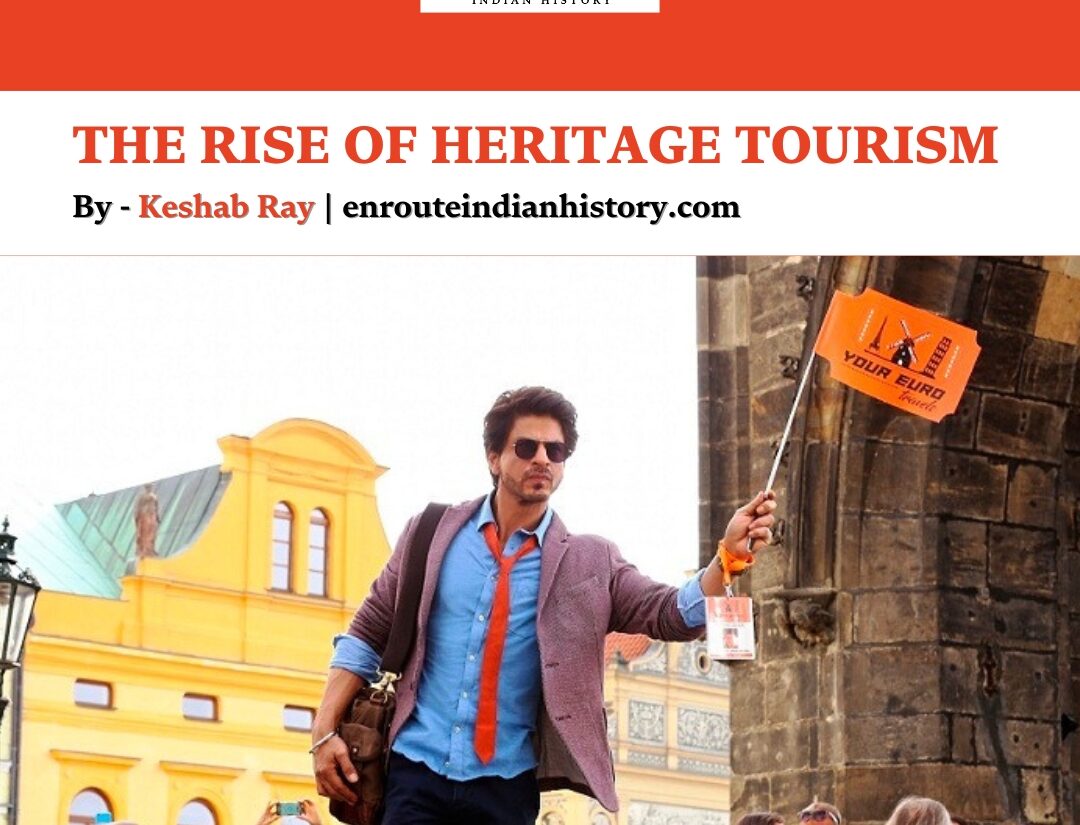
Heritage Walks informs tourists about the historical lessons, chapters, and moments by developing a researched trail. Heritage Walks becomes a time machine which teleports one into the past. Recalling Midnight in Paris, the film’s protagonist, Gil Pender’s midnight walks slipped him into the lost generation era Paris of the 1920s.
Heritage Walks takes you to places where you question the time, dietary patterns, social structures, architecture, religion, education, the press, government, and every element surrounding it.
Using Alan Gordon’s framework of time travel tourism, this research contests that heritage walks could seek to reply to contemporary concerns about the elements of guided visits during their planning, building, and operation. Alan Gordon’s work on living history can be used as a schema to place heritage walks at the intersection of education and entertainment.
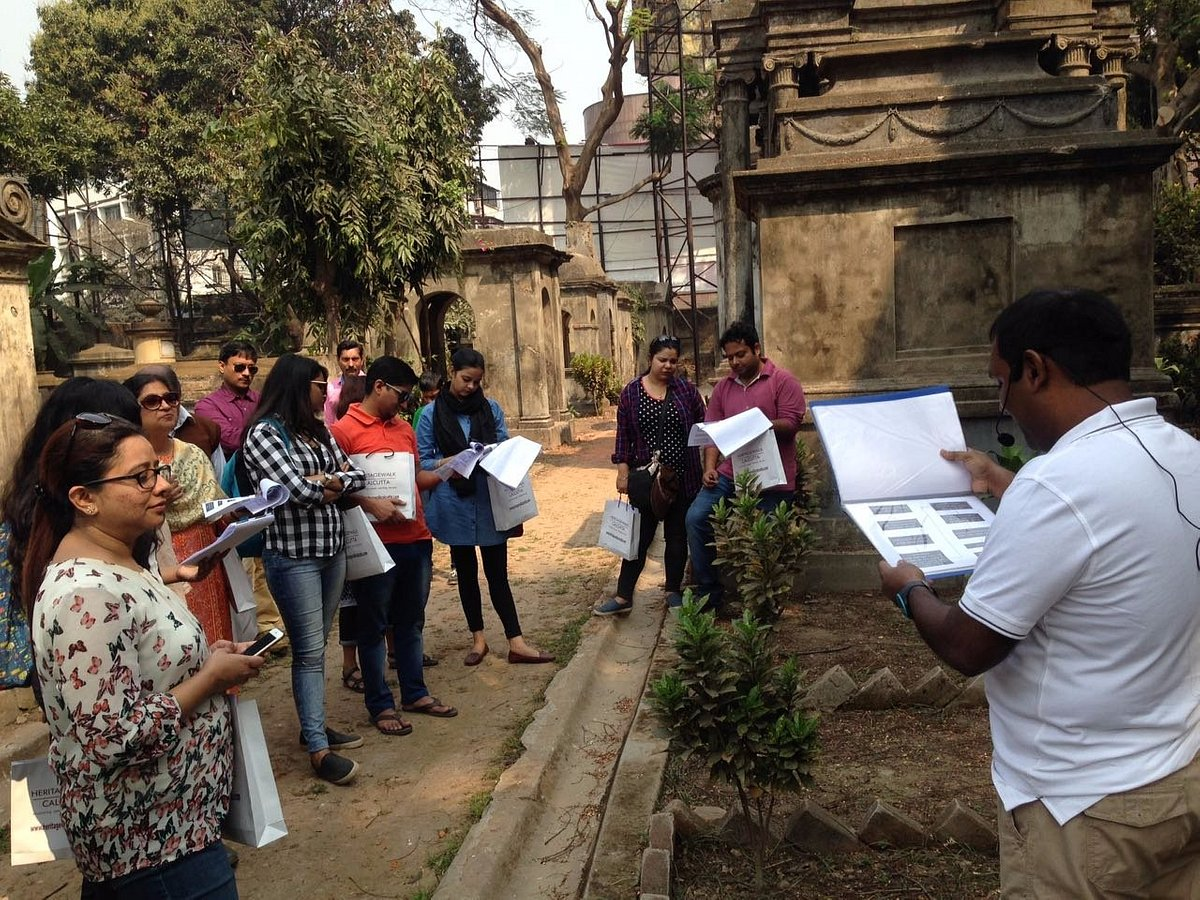
A frame from a tour conducted by the Immersive Trails
What do you mean by heritage walk?
The cultural tourism of heritage sites is called heritage walks. In a heritage walk, historical resources educate tourists and the local community members and bring the spotlight of conservation for future generations. Heritage Tourism concentrates on discovering and experiencing the past in the present using natural, cultural, and built heritage sites.
‘Walking Trails’, ‘Heritage Trails’, or ‘Heritage Walks’, are usually guided tours of the old areas of a geographical location like that of a city on foot. It might be based on a singular theme or many themes related to the place’s historical, social, cultural, or political characteristics. Heritage Walks start with journeying visitors around the city’s old areas, explaining the places’ history, and helping them learn more about their holiday destination. Heritage Walks focuses on a place’s ‘built heritage’ rather than forms of heritage, pushing the development of constant interest in a place’s history, culture, and traditions. Heritage Walks are attractive to a segment of tourists interested in heritage tourism.
Heritage Walks are designed to connect together thematic cultural sites that are of most importance in an area where they are located geographically. Heritage Walks extracts the region’s cultural heritage and provides learning experiences and visitor enjoyment. There are several thematic routes of various types of heritage walks: literary, culinary, crafts, maritime, etc.

The heritage walks from the areas of the south Indian community of Calcutta.
How do heritage walks time travel?
Thomas Smaberg states that since time immemorial, the landscape of the past has always been a wonder and at times an obsession for individuals, as well as societies. While Thomas Smaberg focuses on enactments, heritage walks on the other hand, is about walking alongside a past that is already over. Heritage Walks is both a tool to reach and experience heritage and part of the heritage in and of itself. It plays an important role in understanding the landscape as it cut across environmental silos of agriculture, forestry, fisheries and conservation.
Jennifer Turner and Kimerley Peters contend that the sensory experiences of penal life in penal tourist sites, allow visitors to time travel rendering the contemporary prison as something abstract and disjointed on time. A process of time travel to distant and not-so-distant pasts via constructed at the prison museums, building an affective experience of past carceral space that also shapes perceptions of prisons in present society. There is an interplay of time, back and forth, through the performances of the interpreters and narrators, bringing strands of temporally disparate histories together, encouraging the visitor to time-travel across different eras of penal history through one interpreter whose performed character and costume, is, however, situated in only one era. The engagements with carceral histories in prison museums encourage “time-travels” by allowing visitors to touch, see, feel, and enact versions of penal life in the museum, individuals can traverse the temporal divide between then and now, and so, too, the spatial division between inside and outside.
Drawing a parallel with the experience of prison museums, a heritage walk provides information as well as narrates a story by interconnecting heritage sites to an enveloping theme. A well-executed heritage walk traverses from the urban domain of a locality to a site of historic values possessing strong meaning-making and has been developed through a detailed selection and interpretation process to ensure the trail is “worthy of preservation, visitation and remembrance” It is often stipulated that a heritage walk reflect both dominant historical storylines and reveal dormant untold histories of the site. Heritage Walks presents a link between the past and the existing tradition of a lived-in environment, comprising vintage buildings, antiquated streetscape, townscape, views and vistas, industries, etc.
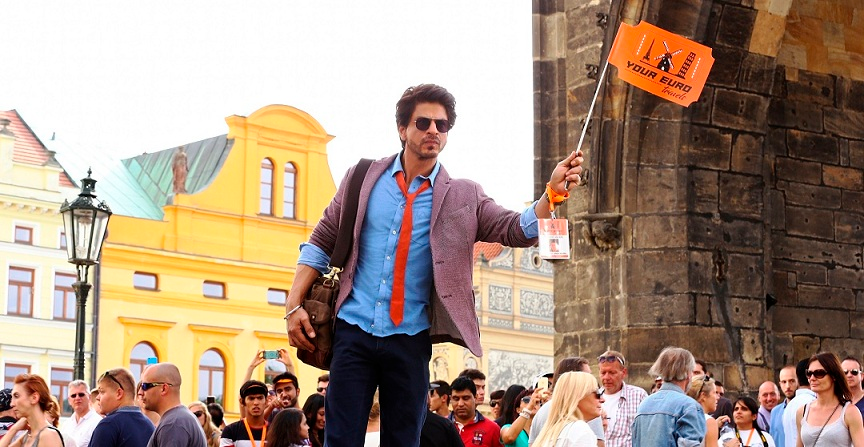
A popular culture example from the Hindi film, Jab Harry Met Seal where the protagonist is assigned the role of tour guide.
The Ping Shan Heritage Trail in Hong Kong was appreciated by overseas visitors seeking a journey through an unchanged, premodern China and domestic tourists pursuing a sense of identity.
Commemorating the life and the legacy of the famous composer, The European Mozart Ways is a European Culture Route, which promotes the life, works, and the travels of the artist.
The Mormon Pioneer Trail exhibits religious tourism along a linear historical heritage trail. The trail is a heritage resource and is part of the United States National Park System.
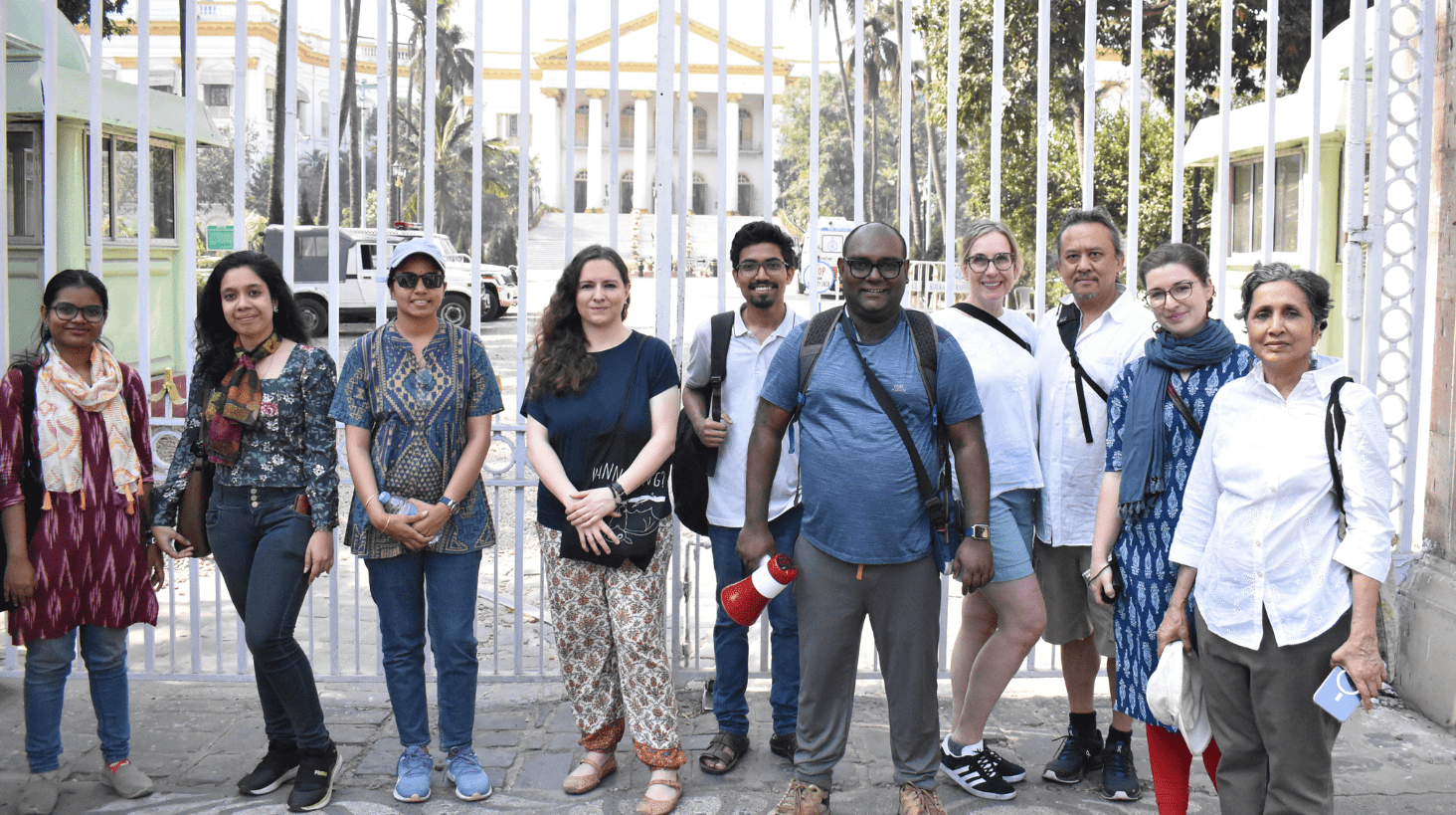
A group photo from one of Dalhousie Square’s walking tours, conducted and curated by Immersive Trails.
Starting from the Reserve Bank of India and ending at the North Gate of Raj Bhawan, the Dalhousie Square walking tour explores the capital of colonial British administration in India, where it placed a large garrison for troops and developed it to make a hub of global commerce.A walking tour in Barcelona, Spain, The Gaudi Trail, leads tourists to the modernist architectural achievements of Antoni Gaudi, including La Cassa Batlló, La Pedrera, Park Güell and the cathedral of La Sagrada Familia a possible trail/route experience scenario created
Conclusion
Heritage Walks incorporate archaeological sites, historical parks, outdoor museums, and heritage gardens to provide interpretive trails, thematically linking together places of historical and cultural significance. Some heritage walks overview distinct architectural styles, and highlight historic spots associated with a famous resident’s life. Other popular themes are ethnic neighbourhoods, nationalistic heritage, early settlers, public art and sculptures, film locations, and various political themes.
Heritage Walks takes into account the past and present cultures. These walks trace the evolution of trade, migration, and pilgrimage, as well as intentionally built linear resources such as railways, canals and relict political boundaries.
Heritage Walks become the convergence of the past and the present and help tourists to time travel, by presenting both the dominant side as well as the unpleasant side of history, which gives an encompassing view of the entire historical scenario of an epoch. It attempts to initiate discussions and interpretations with broader community development. Using Gordon’s analysis of living history museums, one can see the emergence of immersive heritage tour experiences, which provide sensory experiences akin to a theme park. These immersive experiences teleport one to the past while simultaneously existing in the present. They use stories and tales of reverence, reassurance, guidance, nostalgia, entertainment, and many other to forge a travel in time.
Conclusion
- The Archaeology of Time Travel. 2017, https://doi.org/10.2307/jj.15135948.
- Boyd, Stephen W. “Editorial: Heritage Trails and Tourism.” Journal of Heritage Tourism, vol. 12, no. 5, Sept. 2017, pp. 417–22. https://doi.org/10.1080/1743873x.2016.1265972.
- “Dalhousie Square Walking Tour.” Immersive Trails, www.immersivetrails.com/tour/physical/641451e8b8c443001404d955.
- Gordon, Alan. Time Travel: Tourism and the Rise of the Living History Museum in Mid-Twentieth-Century Canada. UBC Press, 2016.
- “Immersive Trails.” Llb, lbb.in/kolkata/kolkata-heritage-walks.
- “Immersive Trails | Sustainable, Authentic Experiences in India and the World.” Immersive Trails, www.immersivetrails.com/compliance/about.
- “IMMERSIVE TRAILS (2024).” Trip Advisor, www.tripadvisor.in/Attraction_Review-g304558-d12103783-Reviews-Immersive_Trails-Kolkata_Calcutta_Kolkata_District_West_Bengal.html.
- “In photos: Love, heartbreak and travel in ‘Jab Harry Met Sejal.’” Scroll, scroll.in/reel/845675/in-photos-love-heartbreak-and-travel-in-jab-harry-met-sejal.
- MacLeod, Nicola. “The role of trails in the creation of tourist space.” Journal of Heritage Tourism, vol. 12, no. 5, pp. 423–30. https://doi.org/10.1080/1743873x.2016.1242590.
- Morin, Karen M., and Dominique Moran. Historical Geographies of Prisons: Unlocking the Usable Carceral Past. Routledge, 2015.
- Nayan, N. Mat, et al. “Exploring the built-environment: heritage trails, values and perceptions.” IOP Conference Series Earth and Environmental Science, vol. 881, no. 1, p. 012009. https://doi.org/10.1088/1755-1315/881/1/012009.
- PATHWAYS: Exploring the Roots of a Movement Heritage. 2022.
- “Religious Pilgrimage Routes and Trails: Sustainable Development and Management.” CABI eBooks, 2018, https://doi.org/10.1079/9781786390271.0000.
- Swensen, Grete, and Laima Nomeikaite. “Museums as Narrators: Heritage Trails in a Digital Era.” Journal of Heritage Tourism, vol. 14, no. 5–6, Feb. 2019, pp. 525–43. https://doi.org/10.1080/1743873x.2019.1574803.
- Thomas, Joby. “Heritage Walks as a Tool for Promoting Sustainable Historical Tourism.” Atna Journal of Tourism Studies, vol. 5, no. 1, pp. 40–51. https://doi.org/10.12727/ajts.5.4.
- Timothy, Dallen J., and Stephen W. Boyd. “Tourism and Trails.” Multilingual Matters eBooks, 2014, https://doi.org/10.21832/9781845414795.
- April 18, 2024
- 5 Min Read
- April 18, 2024
- 7 Min Read
